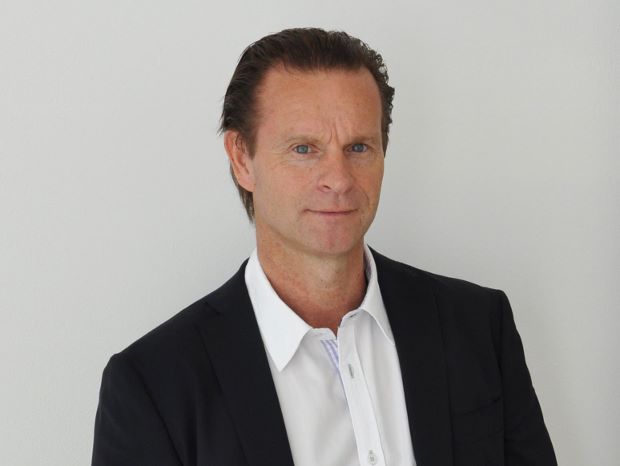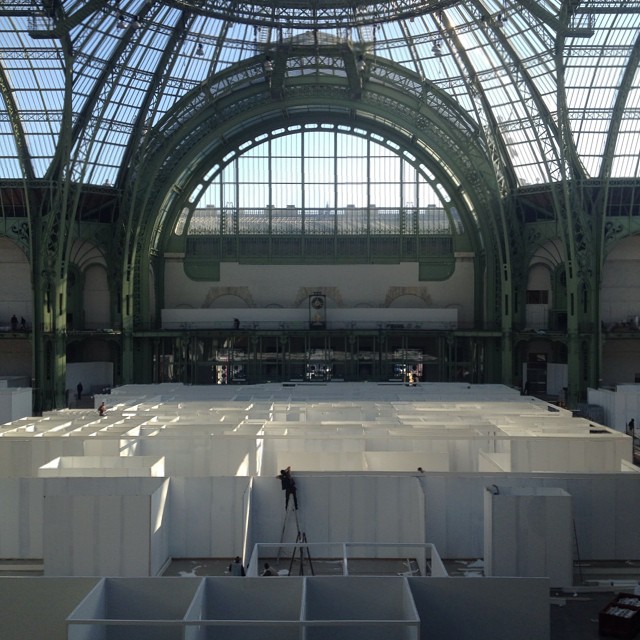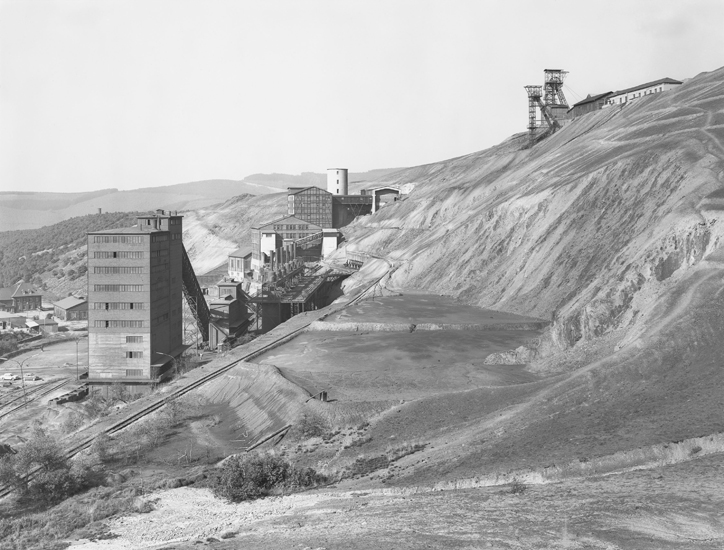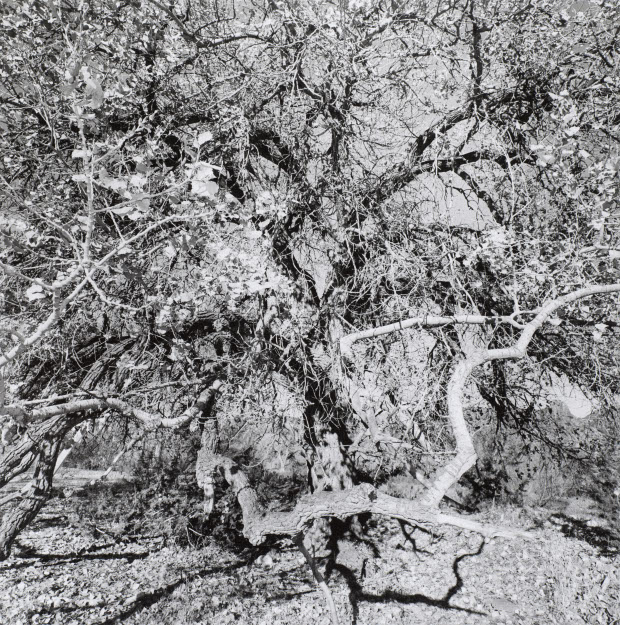
Paris Photo's Thomas Zander on this year's fair
The gallerist and committee member on picking the right edition and why everyone's mad for Garry Winogrand
How do you get a booth at Paris Photo? Via Thomas Zander and his colleagues. The Cologne gallerist and photo dealer is one of the eight selection-committee members who vet and approve applicants to the world-famous Parisian photo fair, which takes place this week, 13 – 16 November. Zander, whose Cologne gallery represents Diane Arbus, Lee Friedlander, Garry Winogrand and Candida Höfer among others, has a background in both photography and fine art, and is well placed to comment on how Paris Photo is faring, in the age of Frieze and Art Basel. Read on to learn how a change of location altered everything, why the fair is reaching out to art collectors, and what kind of problems the Düsseldorf School has wrought on the history of photography.
How did you come to join the Paris Photo committee? The fair’s director, Julien Frydman, and I are friends. I knew him back when he was working for Magnum. I had shown at the fair for a while, but then I stopped, mainly because I didn’t like how it was presented at the Carrousel du Louvre. The booths were too small, and they didn’t look great. When Julien brought it to the Grand Palais [in 2011] things really improved. That’s when I decided I wanted to support it.
What’s so great about the Grand Palais? Everything! The light and layout is better. It’s bigger; it’s more elegant, you have a VIP lounge and bars. Everybody wants to come. In general the quality is so much higher and we’ve had so many more applications. The committee has been very careful with selection.

You run a commercial gallery too. Doesn’t that create a conflict of interest, when it comes to selecting Paris Photo participants? I don’t think so. There are eight people on the committee, and we all more or less know each other’s interests. So, if another gallery were to put together a rival presentation similar to mine, I couldn’t just say “they’re not allowed to come”, because everybody would know. Besides, we’re pretty careful. We go through every proposal. We’re not just ushering friends in!
How has the rise of fine-art fairs influenced Paris Photo? Well, we want the photography world to be connected to the art world. In fact, I don’t draw strong distinctions between photography and fine art. But, still, art fairs have a richer history. We can draw on that experience for Paris Photo. Julien has a very good understanding of contemporary art in fact. In the past, at Paris Photo, you’ve had these huge labels underneath the pictures with the artist’s names, they look like advertising billboards. That’s not allowed any more. It’s got a very clean presentation style now.
Who are the big collectors in the photography market at the moment? Most of the collectors are coming from the art world. That’s a recent development. I think photography is still very much underrated, in comparison to fine art. We’re supporting them at Paris Photo. After all, Paris a great city to visit. This year we’ve MoMA coming, along with everyone else from the States.
Is photography still a little undervalued? The problem is the medium. Everybody can make pictures and so everybody things, “I’m a good photographer.” It’s easy to go out and make pictures. In particular, artists think they can make great pictures. Of course, a lot of them can. Lewis Baltz and Robert Adams, for example, take great pictures and have a good reputation in the art world. But at the end of the nineties, you got a lot of big, big colour prints, that were actually pretty bad quality. That’s not good for the photo scene, because, everybody thinks, I’ll make a big print, and though it might be bad quality, nobody will really notice, but, of course, that’s not true.

Is that due to the influence of the Düsseldorf School? Well, they were important, but this is more like a second, third, fourth generation take on the Bechers. The pictures are not as interesting, they’re just decorations. Also, the vintage auction results for black and white photography have not been good this year. I don’t know why. Perhaps there are too many pieces on the market.
As the photo market develops, does the problem of provenance become more or less difficult? I'm not sure. It's still difficult. Some photographers might make three different editions of a single image, for example. Then it’s very difficult for a collector to pick the right edition. In photography you have to know something about printing in order to know what’s good. This year, at Paris Photo, we’re working incredibly hard to ensure that the descriptions beside each picture are correct. Still, there are so many ways to print photos today, it confuses the market. That said, we are still seeing amazing work; I still think the market is underrated.

What other trends might we see at the fair this year? I think there’ll be a lot of Garry Winogrand, because the show, from the Met, which is on at the Jeu de Paume in Paris, though I can’t really say beyond that.
Speaking of Winogrand, you have an interesting show of landscapes on at the moment, by his great contemporary, Lee Friedlander. These aren’t the kind of street shots we associate with either photographer. Yes, but these are the best ones. These wild landscapes, but they look like a Jackson Pollack painting. We’ve paired them with a series of drawings by the French artist Pierre Bonnard to bring out the connection.
In contemporary photography, there’s a trend for manipulating existing images to produce photographic works without using a camera. Are you a fan of this? No. I’m not interested in it. Anyone can get a few pictures at a flea market, make a strange collage, but, in my opinion, that doesn’t make them an artist. Never say never, but right now, I’m not interested.
So what else interests you at the moment? In the art world, I like stuff from the 1970s in California - the Light and Space Movement. I collect a little, I have some Carl Andre, some paintings from the seventies, but it’s getting harder to collect contemporary art. You can get the small pieces, but I don’t buy the big ones. Unless its photography of course. With photography you can still buy amazing stuff.
Find Galerie Thomas Zander at booth C2 at this year’s Paris Photo. For further insight into contemporary photography, buy Photography Today, and for more on amassing your own collection, buy a copy of Collecting Art for Love, Money and More.